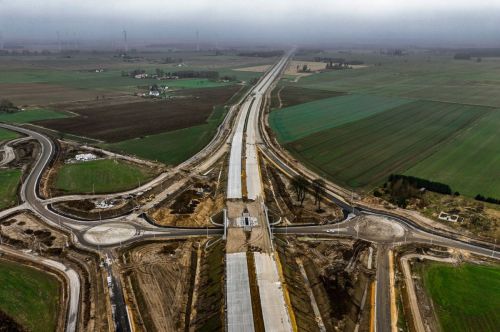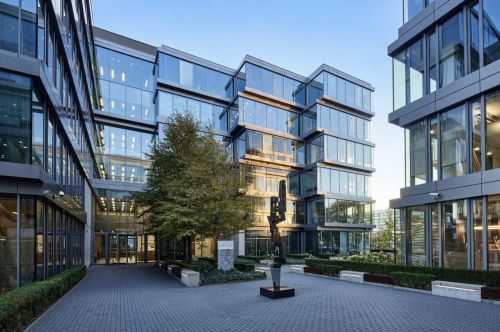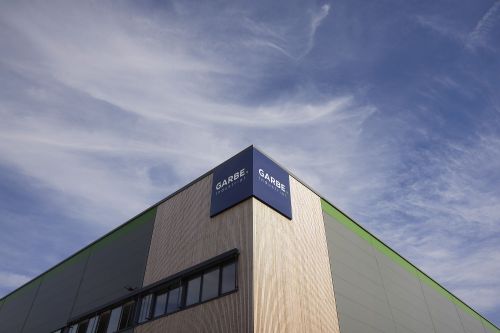“In Poland, there is currently slightly short of 6,000 multi-family apartment assets for rent in the hands of institutional investors,” reveals Maximilian Mendel, the head of residential investment at JLL in Poland. As he goes on to relate, according to the ‘Polish Living Sector 2.0’ report published at the end of May by JLL, TPA Poland and Baker Tilly Legal Poland, the number of announced projects in this sector currently has a volume three times greater than that. Institutional investors will soon hold 24,000 apartments and, judging from the current investor demand, the rate at which this figure is growing is set to rise even more. “Since 24,000 apartments is barely 0.1 pct of all the apartments in Poland and an estimated 2–4 pct of the entire private rental sector, it’s clear that there is room for huge growth,” he concludes. According to JLL’s figures, in the early years of the Polish PRS market (2015–2018), the annual tra































































